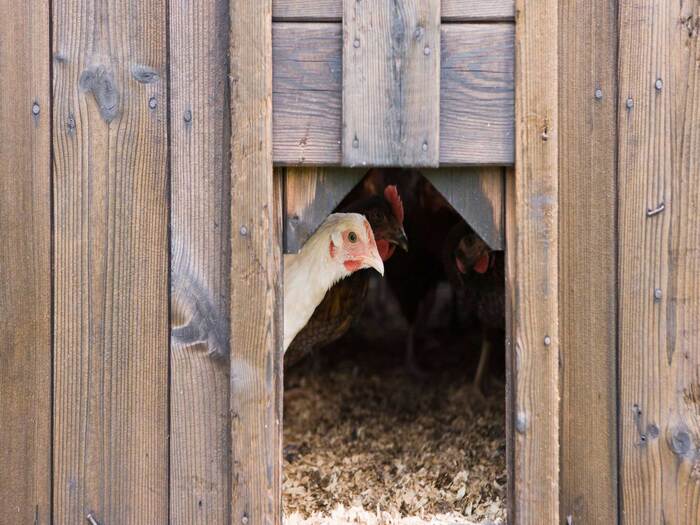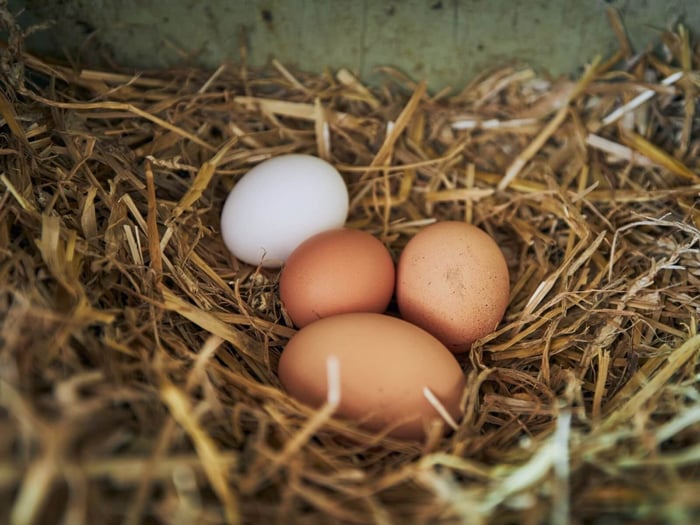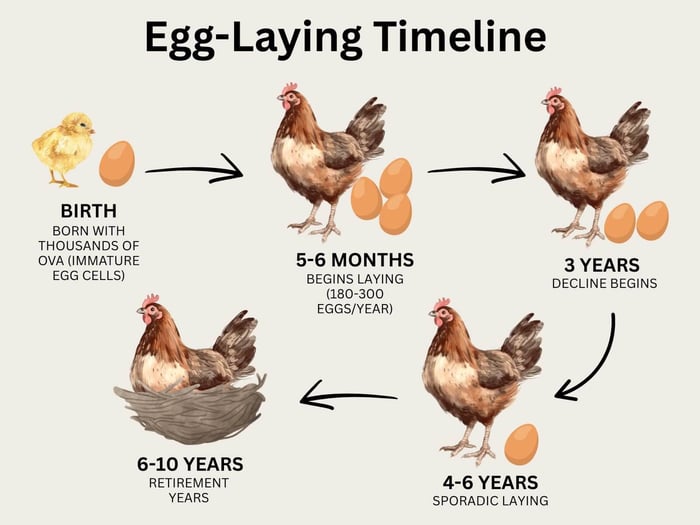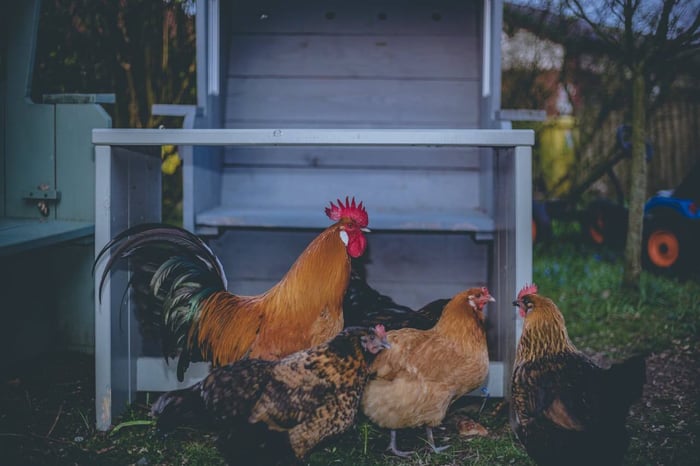Table of Contents
Choosing the best bedding for your chicken coop is one of the most important decisions a backyard chicken keeper can make. The right bedding keeps your hens healthy, your coop smelling fresh, and your daily chores manageable. In this comprehensive guide, we’ll explore the top bedding options, their pros and cons, and how to choose the best bedding for chicken coop happiness and health.
Why Bedding Matters in Your Chicken Coop
Bedding isn’t just about comfort—it’s crucial for moisture absorption, odor control, insulation, and even pest prevention. The right bedding creates a clean, dry environment that reduces the risk of disease and keeps your chickens content. Happy hens are productive hens, so investing in quality bedding pays off in healthier birds and better egg production.
Key Qualities of the Best Bedding for Chicken Coop
Before diving into specific materials, let’s outline what makes bedding effective:
Absorbency: Keeps the coop dry by soaking up droppings and spilled water.
Odor Control: Reduces ammonia smell and keeps the air fresh.
Insulation: Helps regulate temperature, especially in extreme weather.
Dust Levels: Low-dust options are better for respiratory health.
Ease of Cleaning: Bedding should be easy to replace or compost.
Cost and Availability: Should be affordable and easy to source locally.
Compostability: Bedding that breaks down easily benefits your garden.
Top Bedding Options for Chicken Coops
Here’s a breakdown of the most popular bedding materials, so you can find the best bedding for chicken coop comfort and cleanliness.
1. Pine Shavings
Pine shavings are a classic choice for many chicken keepers.
Pros:
Highly absorbent
Excellent odor control
Readily available at farm supply stores
Affordable and easy to manage
Cons:
Some brands can be dusty—look for “low-dust” or “kiln-dried” options
Not as sustainable as some alternatives
Best For: Most climates and coop sizes, especially if you clean regularly.
2. Straw
Straw is another traditional bedding, especially popular in rural areas.
Pros:
Good insulation for winter
Comfortable for hens to nest in
Compostable and garden-friendly
Cons:
Less absorbent than shavings
Can harbor mites and mold if not changed frequently
Needs more frequent replacement
Best For: Cold climates and nesting boxes, but requires diligent maintenance.
3. Sand
Sand is gaining popularity for its cleanliness and longevity.
Pros:
Excellent drainage and odor control
Easy to clean with a scoop (like a litter box)
Low dust if you choose coarse construction sand
Cons:
Heavy to install and replace
Can be cold in winter
Not compostable
Best For: Warm, dry climates and coops with good drainage.
4. Hemp Bedding
Hemp is an eco-friendly, premium bedding option.
Pros:
Super absorbent (up to 4x more than pine shavings)
Minimal dust—great for respiratory health
Naturally pest-resistant
Long-lasting and composts quickly
Cons:
More expensive than other options
Not always available locally
Best For: Chicken keepers willing to invest in quality and sustainability. For high-quality, organic hemp bedding specially designed for chickens, check out our Hemp Bedding for Chicken Coops available now.
5. Recycled Paper Bedding
Made from shredded newspaper or commercial paper products.
Pros:
Soft and comfortable
Absorbent and compostable
Reuses waste materials
Cons:
Can become soggy quickly
Needs frequent changing
Some ink may not be safe (avoid glossy or colored papers)
Best For: Small coops or brooder boxes, especially if you have easy access to safe, clean paper.
6. Grass Clippings and Leaves
If you have a yard, these free materials can supplement your bedding.
Pros:
Readily available and compostable
Chickens enjoy scratching through them
Cons:
Can mat down and become moldy if not managed
Not as absorbent as other options
Best For: Mixing with other bedding types or as a temporary solution.
 What Bedding to Avoid
What Bedding to Avoid
Not all materials are safe or effective for chickens. Avoid:
Cedar Shavings: The aromatic oils can be toxic to chickens’ respiratory systems.
Hay: Prone to mold and not as absorbent as straw.
Cat Litter: Contains chemicals and clumping agents unsafe for poultry.
Sawdust: Too fine and dusty, leading to respiratory problems.
How to Choose the Best Bedding for Chicken Coop
Selecting the best bedding for chicken coop happiness depends on your climate, coop design, budget, and personal preferences. Here’s how to decide:
For cold climates: Straw or hemp provide insulation.
For hot, dry climates: Sand keeps things cool and dry.
For allergy-prone flocks: Hemp or low-dust pine shavings are best.
For eco-conscious keepers: Hemp or recycled paper are sustainable choices.
For low-maintenance: Sand or hemp require less frequent changing.
Tips for Maintaining Bedding and a Healthy Coop
Spot clean daily: Remove droppings and wet spots to prolong bedding life.
Deep litter method: In cold climates, let bedding build up and compost in place, turning it regularly for warmth and odor control.
Full clean-outs: Replace all bedding every few weeks or as needed, depending on flock size and bedding type.
Monitor for pests and mold: Change bedding immediately if you see signs of mites, lice, or mold growth.
To enhance your hens’ nesting experience, consider our Chicken Nesting Pads with Herbs, which provide extra comfort and natural aromas.
Bedding and the Deep Litter Method
The deep litter method is a popular way to manage bedding in colder regions. By allowing bedding to build up and compost inside the coop, you create natural heat and valuable garden compost. Pine shavings, straw, or hemp work best for this method. Regularly turning the bedding with a rake helps aerate and speed up decomposition.
Composting Used Chicken Bedding
Most chicken bedding (except sand and cat litter) is compostable and makes excellent fertilizer for your garden. Chicken manure is high in nitrogen, so mix it with carbon-rich materials like leaves or straw and let it age before using it on plants.
Conclusion: The Best Bedding for Chicken Coop Happiness
The best bedding for chicken coop comfort and cleanliness depends on your unique situation. Pine shavings and straw are tried-and-true classics, while sand and hemp offer modern, low-maintenance alternatives. Prioritize absorbency, odor control, and ease of cleaning to keep your hens healthy and happy.
By choosing the right bedding and maintaining it well, you’ll create a safe, inviting home for your flock—and enjoy the rewards of fresh eggs and happy hens every day.
FAQs
What is the best bedding for chicken coop?
The best bedding depends on your climate, budget, and coop setup. Popular choices include pine shavings for absorbency and odor control, straw for insulation, sand for easy cleaning, and hemp for high absorbency and low dust. Each has pros and cons, so choose what fits your hens’ needs best
Can I use hemp bedding for my chickens?
Yes, hemp bedding is an excellent option. It is highly absorbent, controls odor well, produces minimal dust, and is compostable. It’s especially good for those wanting a sustainable, low-maintenance bedding option
Is straw a good bedding material?
Straw is popular for its insulation and softness but is less absorbent than wood shavings or hemp. It can mold if it stays damp and may require more frequent cleaning. Avoid hay, as it can cause impacted crops if eaten by hens
Can I compost used chicken bedding?
Yes, most organic bedding like pine shavings, straw, hemp, and paper can be composted and make excellent fertilizer. Avoid composting sand or synthetic materials. Composting bedding also helps reduce waste and benefits your garden
Can I use sand as chicken coop bedding?
Sand is good for drainage and odor control and is easy to clean, but it can be heavy and cold in winter. It’s best suited for warm, dry climates and coops with good drainage


.png)




